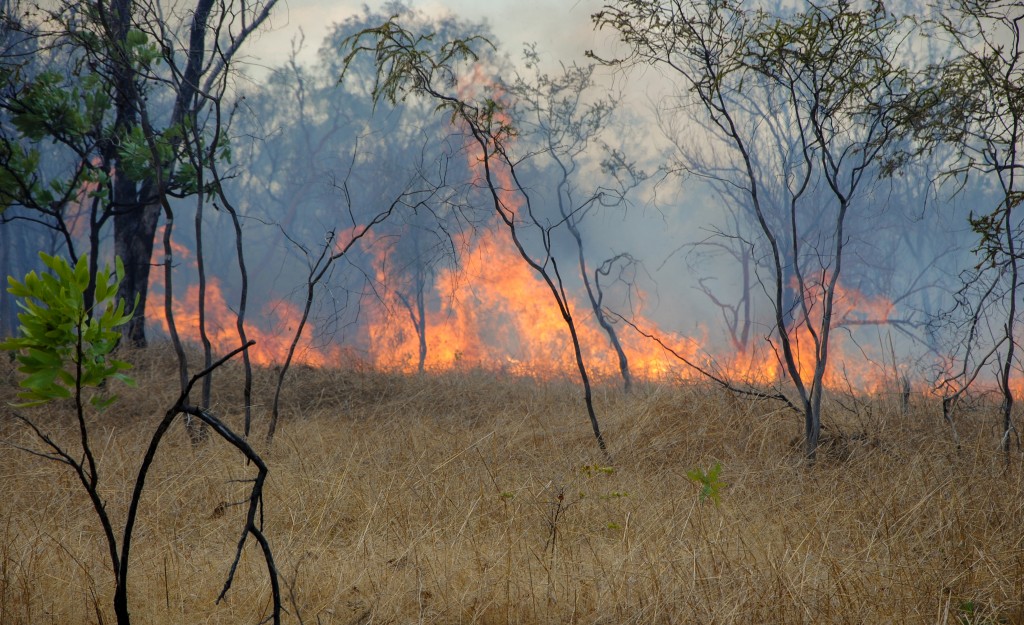Environmental hazards are a growing concern nowadays. News from around the world in the past few years contain different accounts of several environmental concerns.
The wildfires of the Amazon forest. Erupting volcanoes. The Global Climate Strike. Greta Thunberg. And very recently, Australia’s bushfires.
The world is at a constant threat from environmental hazards and if we don’t do something about it, we won’t have much of a world to live in. Let’s take a closer look at some of the greater environmental threats to understand them better so we know what to do about them.
The 4 Types of Environmental Hazards
1. Physical Hazards
This type of environmental hazard occurs naturally and is mostly geological and geographical. Tornadoes, hurricanes, earthquakes, volcanic eruptions, droughts, and landslides all fall under this category.
One more type of physical hazard is the unseen hazard. Ultraviolet rays and radiation are some of the unseen physical hazards that are dangerous especially for those who are constantly exposed to them.
2. Chemical Hazards
Chemical hazards can either be man-made or natural. Man-made chemicals such as synthetic chemicals we produce include plastics, disinfectants, and pesticides. Natural chemical hazards like lead and mercury that have high toxicity are dangerous to both the environment and humans.
More than just the proper observation of waste management and following protocols, education about the right usage of such harmful chemicals can help reduce the risk of such hazards. Even if you properly transport chemicals or use oil pumps for waste oil, without best practices, the dangers posed by chemical hazards are likely to happen. Find more information here about oil pumps.
3. Biological Hazards
Pay attention to the global news today and chances are you will encounter the news about this new strain of coronavirus coming from Wuhan, China. The virus has now affected several Southeast Asian countries with over a thousand confirmed cases, with several deaths in just a matter of days.
This and other types of viruses, bacteria, and other highly-contagious airborne or waterborne diseases fall under this category.
4. Cultural Hazards

Also known as social hazards, these types of hazards are mostly brought about by human choices. Location, occupation, socioeconomic status, and behavior all contribute to this hazard.
For instance, if you live in a neighborhood with a high crime rate, it is a hazard-based on your location. If you are a chain smoker, you put the people around you at risk of second-hand smoke which is a lot more dangerous. This is an environmental hazard based on your choice and behavior.
Knowing the different types of hazards creates awareness and gives us a greater sense of urgency to be more responsible with our surroundings and our actions.
It is important that we understand how things work so we know how to deal with things better if we are put in a potentially hazardous situation.
Understanding environmental health and hazards entail a greater understanding of the impacts they have not just on the economy but generationally, too.
Somebody once said that our children do not inherit the Earth from us; we are merely borrowing it from them. We owe it to the next generation — our children — to hand over to them the world that is a lot better than the one we have now.
